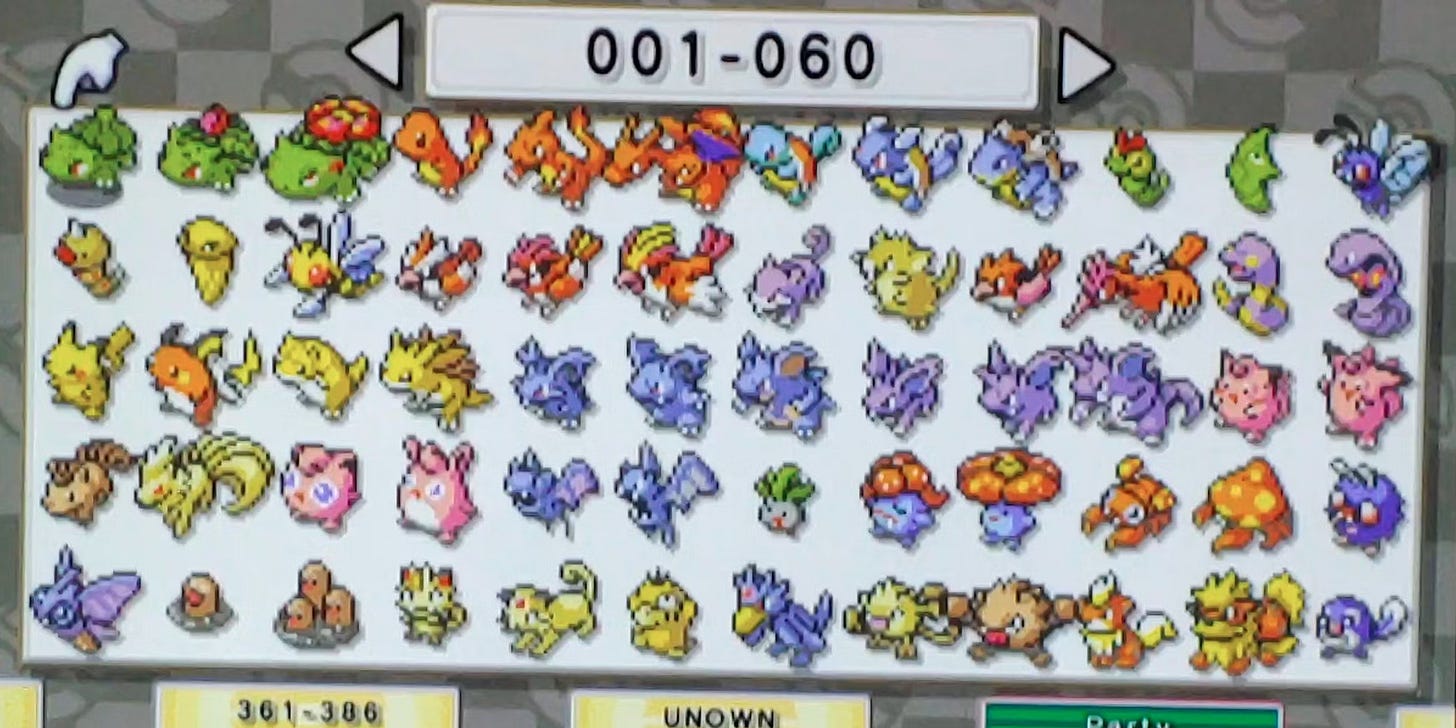Digital and Physical: Lessons from Command & Conquer Remastered
The 2020 release of Command & Conquer Remastered Collection was a landmark moment not only for its technical upgrades but also for its thoughtful integration of digital and physical content. The inclusion of the Digital Assets Collection disc—packed with high-resolution art books, tech trees, faction icons, and posters—highlighted the lasting appeal of tangible collectibles, even in an era dominated by digital distribution. This strategy, while rooted in nostalgia, provides a valuable framework for how Web3 games might approach community engagement and asset ownership as the industry increasingly embraces digital-first experiences.
Command & Conquer Remastered: Digital Assets as Community Anchors
While the Command & Conquer Remastered Collection earned acclaim for its respectful modernization of a beloved franchise, it was the physical release’s Digital Assets Collection disc that truly bridged the past and present. This disc was not simply a repository of bonus content; it served as a curated archive, offering:
Art-book & Tech Trees: Over 200 pages of remastered concept art, unit designs, and faction lore, digitized yet evoking the weight of a strategy guide from the 1990s.
Faction Icons & Posters: Vectorized recreations of Nod and GDI emblems, printable at poster sizes without quality loss.
Archival Soundtracks: A 7.5GB Tiberium-shaped USB drive containing FLAC versions of Frank Klepacki’s iconic tracks, merging retro aesthetics with modern fidelity.
These assets, while digital in nature, were delivered in a physical format, enhancing the collector’s experience. For many, owning the disc was as meaningful as playing the remastered game itself. This approach recalls the days when boxed editions came with maps, manuals, and other extras that helped cultivate a sense of ownership and community.
Parallels in Gaming: Pokémon Box and the Value of Tangibility
The blending of digital and physical isn’t unique to Command & Conquer. In 2003, Nintendo released Pokémon Box: Ruby & Sapphire for the GameCube. Although a software utility, it was bundled with essential physical items like a memory card and a link cable for transferring and and software to store/display 1,500 Pokémon. The package wasn’t just software—it was a toolkit for collectors, underscoring the importance of tangible components in managing digital assets.
Both Command & Conquer Remastered and Pokémon Box demonstrate that physical elements can enrich the digital experience, serving not only as memorabilia but as functional components of the game’s ecosystem.
Web3 Gaming: Digital Ownership and the Overlooked Physical Dimension
Web3 games, powered by blockchain, have changed digital ownership through NFTs and decentralized economies. Players now have the ability to own, trade, and sell in-game assets in ways that were previously unimaginable. However, most Web3 projects remain fully digital, focusing on the immutability and scarcity of on-chain items, without considering the potential value of physical counterparts.
A few Web3 games have explored physical collectibles tied to in-game achievements, but these remain rare. The broader Web3 gaming space has yet to fully explore how physical editions or limited-run physical assets might deepen community engagement. This is somewhat surprising, given the success of companies like Limited Run Games, which have demonstrated that carefully crafted physical editions can generate strong enthusiasm and loyalty, even for digital-first titles.
Community Engagement Through Physical Editions
Physical releases have long been instrumental in fostering and maintaining gaming communities. Collector’s editions, art-books, and exclusive memorabilia have historically served as tools for publishers to reward dedicated fans and create a sense of exclusivity. In Web3, where community is often central to a project’s success, these strategies could be particularly impactful.
The approach used in Command & Conquer Remastered illustrates how digital assets, when thoughtfully packaged and delivered in a physical format, can forge a deeper connection with fans. This model could be invaluable for Web3 games seeking to strengthen their communities—not by replacing digital ownership but by complementing it with tangible artefacts that foster connection, pride, and engagement.
Conclusion
The Command & Conquer Remastered Collection's Digital Assets Collection disc serves as a reminder that even in the digital age, physical artefacts have a valuable place in gaming culture. For Web3 games—still exploring the boundaries of digital ownership and community—looking to the past may offer key insights.




